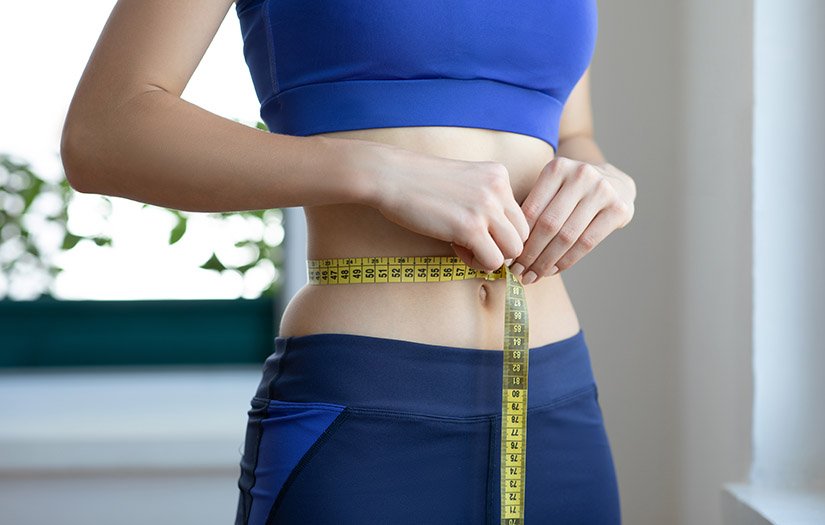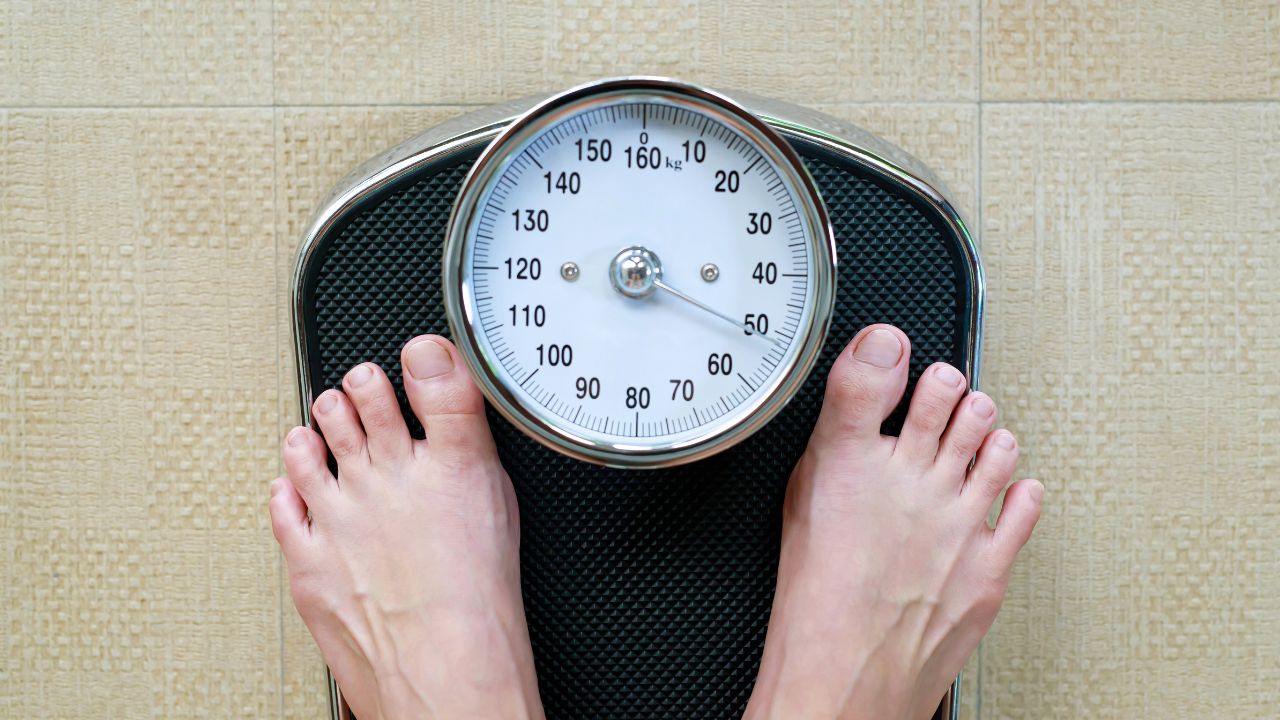
Yoga is not thought to burn as many calories as other exercises, so people need to include traditional cardio in their daily lives. While some types of exercise may be more enjoyable and healthier for your heart, they do not burn calories as effectively. These are some facts that will help you see the benefits of yoga for reducing calories. You may be surprised. Here are the experts. You can also choose to try some of your favorite yoga styles.
Hatha yoga
Yoga can help you lose weight. It actually does. All forms of yoga have the potential to reduce calories. In fact, one hour of basic yoga could burn up 183 calories. Of course, this figure is based on an average, so you should dial up the intensity to get the maximum benefit.
Bikram yoga
Bikram yoga does not burn calories or fat as many believe. People who engage in intense exercise often lose weight and increase their muscle mass. Studies conducted by Colorado State University indicate that hot yoga can burn between 1,000 and 1,500 calories per session. While the intensity of the exercise varies depending on the person, the average person will burn between 330 and 460 calories per session.

Power yoga
Power yoga is an exciting new form of yoga that can be challenging and fun. Yoga has been a favorite form of exercise for many years. Power yoga combines more asanas with shorter intervals between each pose. This creates a continuous flow of motions that can cause sweating and stretch every limb. As with any workout, power yoga should be done by someone with some basic knowledge of the body's movements and a good level of physical fitness.
Yoga for restorative purposes
Restorative Yoga is an excellent option for those looking for a restorative workout that burns calories and also relaxes. These yoga poses will help you relax and control your breathing. You'll also be able to lower your stress levels and increase your flexibility. Plus, restorative yoga is good for those suffering from chronic pain, as it helps reduce the buildup of subcutaneous fat. Learn more about these relaxing workouts by reading on! Restorative yoga can be a great way to lose weight, you might be surprised.
Kakasana
In addition to a cardiovascular workout, Kakasana helps lubricate your joints, muscles and ligaments. It improves circulation, strengthens the core and reduces stress. To be in a supine posture, one must have flexibility and strength in the spine muscles. You will also need to adduct your legs and hug your knees to the side. This pose may help you if you have problems with your legs.
High lunge
If you want to do yoga for calorie burn, consider trying the high lunge pose. This pose strengthens the arms and legs, stretches the groin, and opens the hips. This pose can be done even if you've injured your knee. Do not go too deep. To deepen the lune, simply extend your back leg through the front foot and place the heel of your rear foot through the knee. If you're ready for the next pose, make sure your back foot doesn't move inward.

Chaturanga Dandasana
If you're in need of some weight loss tips, you should try the plank pose called Chaturanga Dandasana, or low plank. The posture engages the whole core and limbs and tones the arms, back and shoulders. It is also a great exercise to help you lose weight, improve posture, and prepare for more advanced exercises.
Vinyasa yoga
Vinyasa yoga classes work by burning more calories than you consume. You can create a calorie deficit by performing continuous movements and cardiovascular exercise. A 90-minute class can burn approximately 920 calories for someone weighing 155 lbs. At 185 pounds, you'll burn around 1,098 calories. Although most studios will offer 90-minute Vinyasa classes, you can find shorter classes, as well.
Yin yoga
Yin Yoga is a form of restorative yoga. It is a form of restorative yoga that emphasizes holding poses for several minutes or longer. The deeper the relaxation and stretch response, the longer you hold the pose. This can be an excellent addition to a weight training or dynamic yoga program. This type of yoga is ideal for people who are feeling tired, recovering from an injury, or looking to restore their energy. It can even be part of a 30 day challenge - if you do it properly.
FAQ
Why not lose weight before your 40th birthday?
For people over 40, maintaining good health and fitness are essential. It is vital to find healthy ways to stay active throughout your lifetime. This includes regular exercise, eating well, not smoking, and drinking moderate alcohol.
It is also important to understand that as we get older, our bodies change. Our bones get weaker and our muscles become smaller. You can slow down the aging process if you take care of yourself.
It is important to stay healthy and fit as you age. These are:
-
Better sleep
-
Better mood
-
Enhanced energy levels
-
Lower risk of getting cancer
-
A longer life
-
More independence
-
Better sex
-
Greater memory
-
Greater concentration
-
Improved circulation
-
Stronger immune system
-
Fewer aches & pains
What can I drink during intermittent fasting in the morning?
You should try drinking water first thing in the morning. It will help you feel fuller, faster, and it will give you energy throughout your day. You can add lemon juice or cucumber slices to enhance the flavor.
What is the best time to do Intermittent fasting in order to lose weight
The answer is not as simple as you might think. A number of factors need to be considered when determining how many days of fasting are needed for optimal fat loss. These are:
-
Your age. Intermittent fasting can be difficult for young people (under 40). This is because they have less time to recover after each fast. However, intermittent fasting may be too difficult for older people (over 60) who might not have the energy to continue a long period of daily fasting.
-
Your current body composition. Longer periods of fasting are more beneficial if you have a lot muscle mass. You may find shorter fasting more beneficial if your muscle mass is low.
-
How active you are. Regular exercise may mean that your fasting window needs to be extended to allow you to get sufficient rest between sessions.
-
Your past medical history. People with heart disease, diabetes, and cancer may require extra fasting monitoring.
-
How well do you tolerate stress? Stressful situations can make us eat more. To avoid this problem, you may need to increase the length of your fasting windows.
-
The type of diet you follow. Certain diets, like ketogenic diets, may require even longer fasting periods.
-
The quality of your sleep. The quality of your sleep is also a factor in increased appetite and decreased metabolism. Therefore, it may take some experimentation before determining what works best for you.
-
The amount of protein that you consume. Protein helps stabilize blood sugar levels, which means that eating more protein could potentially lead to lower insulin levels. This would allow you to fast for longer periods of time.
-
Whether you're trying to gain or lose weight, people who are trying to gain weight usually require longer fasting periods than those who are trying to lose weight.
-
What proportion of calories do your fasting hours allow you to consume? Fasting fewer calories per day may result in greater fat loss than fasting for more calories per day.
-
Your overall fitness level. Fasters who are very fit tend to have higher metabolic rates, which allows them to burn more calories throughout the day.
-
Your gender. Men tend to have greater appetites that women, so they may need a longer fast. Women tend to have smaller appetites so they might only need to fast for 20-30 minutes each morning.
-
Your lifestyle. Are you someone who gets plenty of physical activity? Do you exercise multiple times a week or do you just go to the gym? Is your job a long, sedentary one? These factors can impact how fast you should be moving.
-
How much money do you spend on food? Eating healthy foods doesn't necessarily mean spending much money on groceries. Whole grains can be replaced by white bread, fruits can replace candy bars, and lean cuts of meat can be used to save money.
-
It is vital that you control your hunger. You might not have to fast as much if your hunger isn't a problem.
Statistics
- Among women, the increase in metabolic rate was nearly 4%, or 50 more calories per day (14Trusted Source (healthline.com)
- According to Harvard Health, it's estimated that a 155-pound (70-kg) person burns roughly 112 calories per 30 minutes of weight training (5). (healthline.com)
- One 6-month study showed that simply doing 11 minutes of strength-based exercises 3 times per week resulted in a 7.4% increase in metabolic rate, on average. (healthline.com)
- It's estimated that half of all American adults attempt to lose weight every year (1Trusted (healthline.com)
External Links
How To
How to lose weight quickly without exercising
To lose weight quickly, eat fewer calories that you burn. This will encourage your body's ability to use fat stores as energy. In order to get enough calories your body will start to degrade muscle tissue. This can lead to some muscle loss. Although you can lose weight even if you aren't working out, it's likely that you'll lose more muscle mass.
It is possible to lose weight fast and not have to exercise by reducing your calorie intake. Many people believe that they need to reduce their food intake in order to lose weight. However, this is not true. If you are looking to lose weight, it is important to consume fewer calories per day than you burn. How much food should you eat each day? It all depends on the type of activity that you do each day. A runner who walks three miles each day would only need about 2,500 calories per week. One who sits at the desk all day would require 1,600 calories daily. An individual who exercises, like lifting weights, would consume around 2,000 calories each day.
When you want lose weight, it is important to cut down on your caloric intake. Many people believe they should consume less food, as they feel they are starving. However, this is false. Your body doesn't care whether you're hungry or not; it just wants to function properly. Tracking your calorie intake is key to losing weight. Many online apps allow you to track your calorie intake. These apps include MyFitnessPal and Calorie Counter.